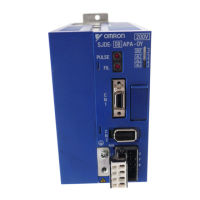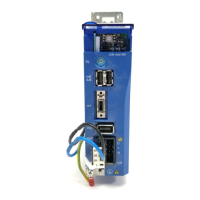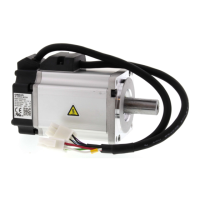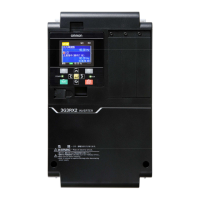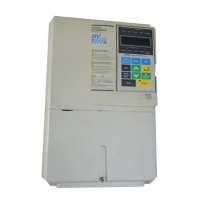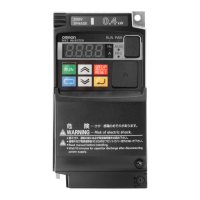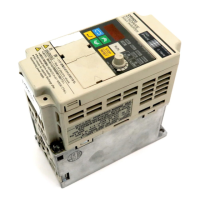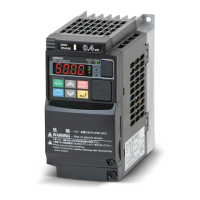2-32
2-2 Wiring
2
Design
Additional notes
Influence of motor cable length
Shielded motor cables have quite a high cable capacity towards ground, which increases linearly
as cable length increases. A typical rule-of-thumb figure is 200 pF per meter of cable. But these
figures vary among different types of cables and are also dependent on the current-carrying
capacity. Long motor cables can give rise to the following:
Frequency inverter and servo amplifiers give a pulse-width-modulated square-wave output voltage
with quite steep slopes, which causes high reverse-charging currents in the table capacities towards
ground. This reverse-charging current must be additionally supplied by the device. Unwanted
switch-off due to overload may occur.
•Long motor cables produce more line-conducted interference.
•Long motor cables lead to the triggering of a ground fault monitoring device that may be present.
•Long motor cables lead to thermal overload of the line filter due to the higher line-conducted
interference.
If a motor output choke of appropriate size is used, you have the following advantages:
•It can counteract unwanted shut-off due to overload, described above.
•The thermal load on the EMC line filter is reduced.
Multiple motor applications
In multiple motor applications, i.e., a frequency inverter feeds several motors connected in parallel,
you should try to minimize the effective cable capacity and/or the effective length of the shielded
cable. You can achieve this by creating a neutral cross-connecting point from which you can supply
all motors.
Layout to be done so that the shielding is maintained over the entire length of the cable, if possible,
or is only very briefly interrupted. It is better to install this neutral cross-connecting point in a metal
housing with as much HF damping as possible. The shield connection from/to the metal housing
should again be made with the smallest possible HF impedance, as already described.
Influence of ground fault monitoring devices
In the line filter, capacitors are placed between the phases and ground, which can cause larger
charge currents to flow to ground when the filter is first switched on. The amount of this flow has
already been minimized by constructional circuit details. Nevertheless, ground fault monitoring
devices possibly present may be triggered. Ground currents with high-frequency components and
DC components may also flow under normal operating conditions. If faults occur, large DC-carrying
ground currents may flow, possibly preventing the ground fault monitoring device from responding.
For this reason, the use of ground fault monitoring devices is not recommended.
But should they be prescribed in certain applications for safety reasons, you should choose moni-
toring devices which are suited for DC, AC and HF ground currents. In addition, you should ensure
that their responsiveness and time characteristics are adjustable, so that a disturbance is not
immediately caused the first time the frequency inverter is switched on.
Components susceptible to interference
The following components must be classified as particularly susceptible to interference from elec-
tromagnetic fields. Special attention should therefore be paid to them during installation:
•Sensors with analog output voltages (< 1 volt)
•Load cells
•Tractive force meters
•Torque measuring hubs
•Resistance thermometer PT100
•Thermoelements
•Anemometers
•Piezoelectric sensors
•AM radios (only long and medium wave)
•Video cameras and TV sets
•Office PCs
•Compacitive proximity switches and filling level sensors
•Inductive proximity switches and metal detectors
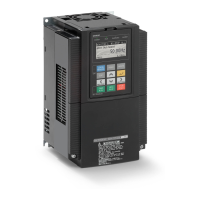
